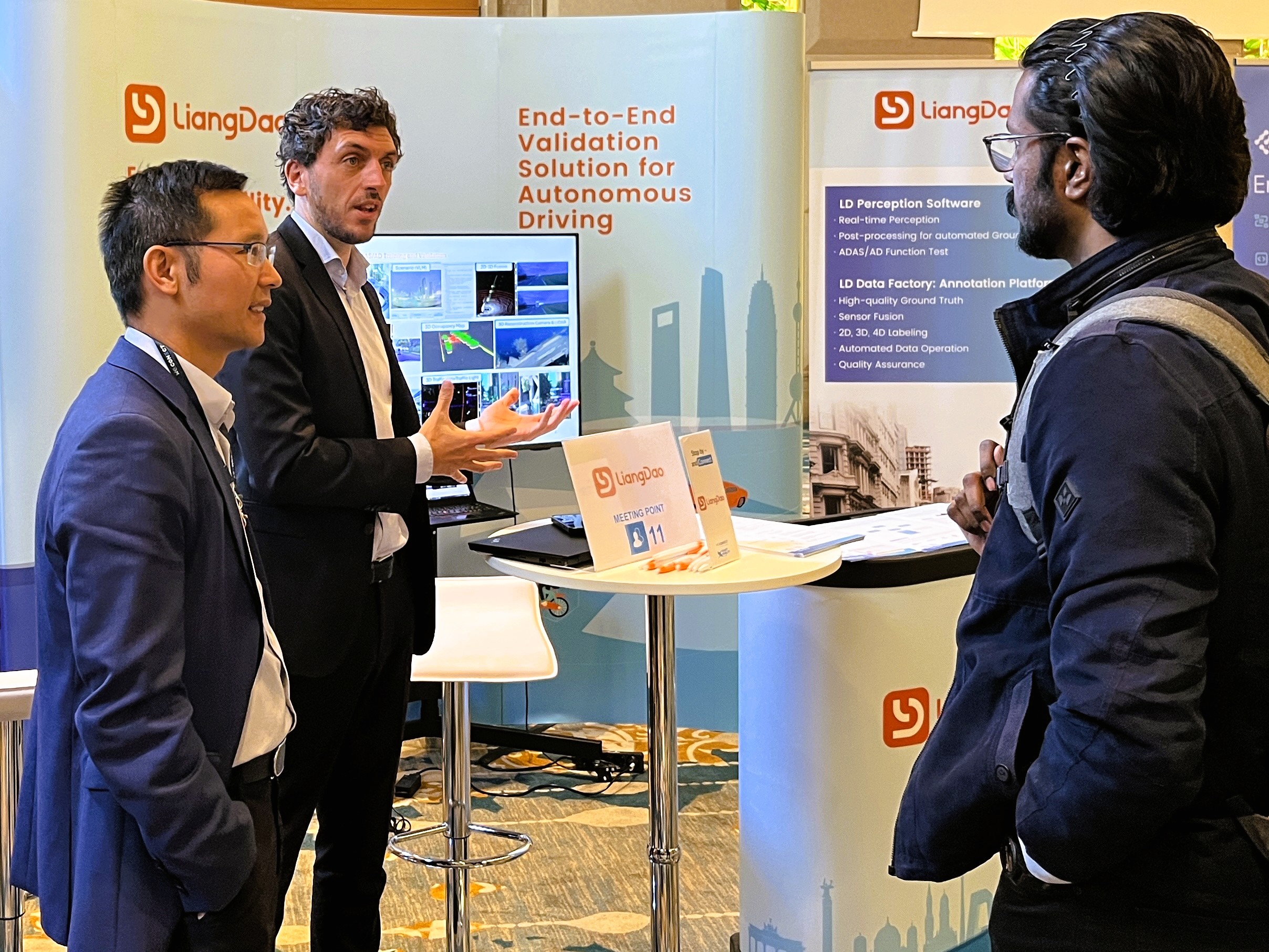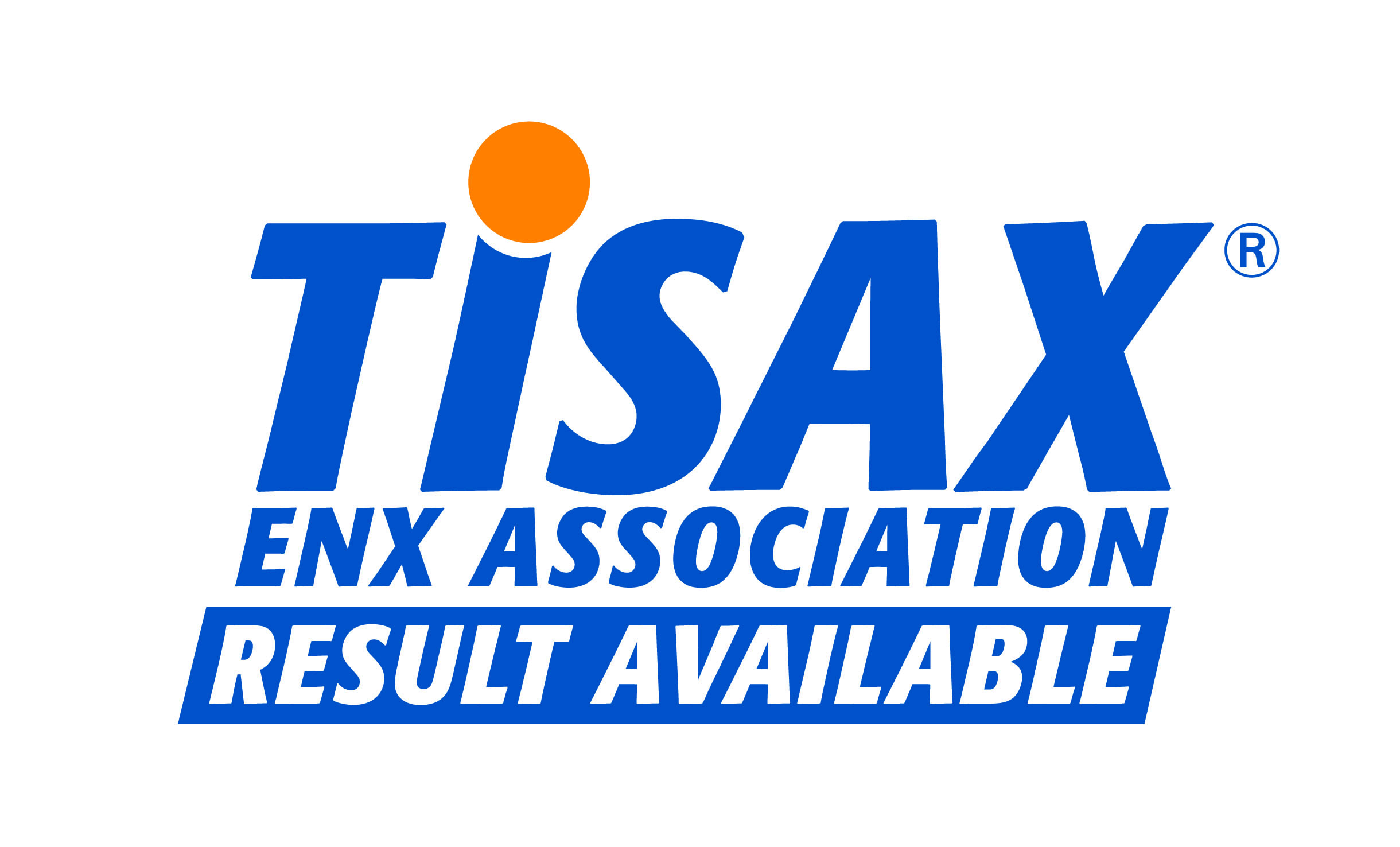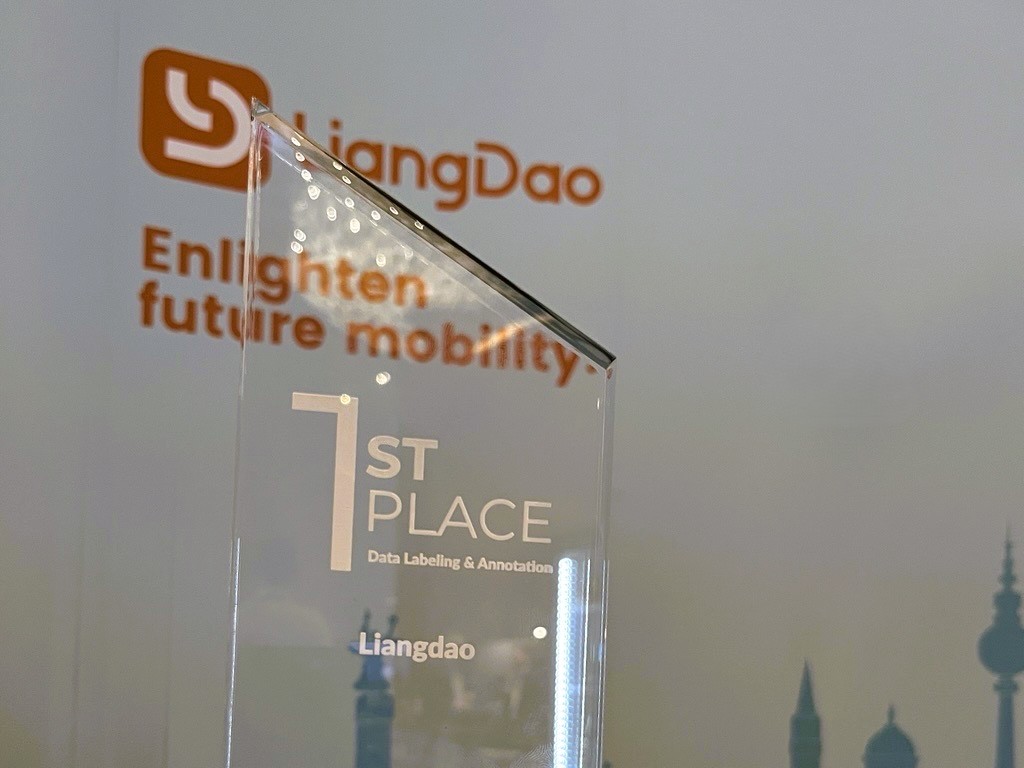Key Technical Themes
1. Strategic Collaborations for Scalable Development
Collaborations such as Valeo and Applied Intuition exemplify how integrated toolchains and shared validation frameworks are accelerating deployment. These partnerships are enabling modular, scalable development pipelines that reduce redundancy and improve system interoperability.
2. Synthetic Data: Expanding Beyond Sensor Models
Synthetic data continues to gain traction as a cost-effective alternative for training and validation. The current focus is shifting from purely sensor/environment simulation to the inclusion of behavioral models for dynamic agents. However, synthetic data is not yet a full substitute for real-world datasets, especially for edge-case validation. This raises a critical question: How can we reduce the cost and complexity of real-world testing while maintaining data fidelity and coverage?
3. Data Management and Quality Assurance
Two recurring technical bottlenecks were highlighted:
- Data Volume: Multi-sensor configurations (e.g., LiDAR, radar, camera arrays) are generating petabyte-scale datasets, necessitating efficient storage, indexing, and retrieval mechanisms.
- Data Consistency: Ensuring temporal and spatial alignment across heterogeneous sensor modalities remains a non-trivial challenge, especially in dynamic urban environments.
The LiangDao Approach
At LiangDao, we are developing and deploying solutions that address these challenges across the full data lifecycle:
---End-to-End Validation Framework
A modular pipeline encompassing:
- High-precision reference system
- Sensor calibration and synchronization
- Data acquisition and pre-processing
- Automated annotation + manual correction and ground truth generation
- Evaluation and KPI tracking
---LD Data Factory
Our award-winning AI-driven data manufacturing toolchain supports:
- Semantic and instance-level labeling
- Sensor fusion-based ground truth
- Scenario-based dataset generation for edge-case coverage
---Sensor Technology Expertise
Integration of high-fidelity reference sensors (e.g., LiDAR, cameras) for benchmarking perception stack performance under varied environmental conditions.
---Dynamic Region of Interest (ROI)
Adaptive ROI selection enables targeted data annotation and evaluation, reducing labeling overhead while preserving functional relevance for perception KPIs.
---Camera-LiDAR Fusion for Urban Lane Ground Truth
Our fusion algorithms address occlusion and ambiguity in dense urban scenes, enabling accurate lane-level ground truth even in complex intersections.
Conclusion
Explore Our Solutions
For detailed specifications or to request a technical demo, please contact sales@liangdao.de or visit the following pages:






